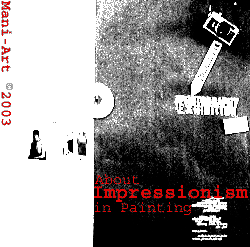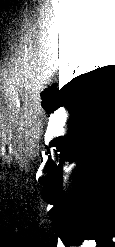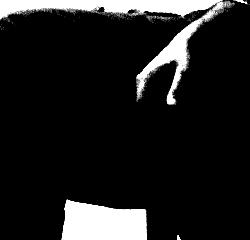|
|
|
 |
 |
||
|
[FeaturedImpressionistArtists]
|
|
||
 |
| in painting, late-19th-century French school
that was generally characterized by the attempt to depict transitory
visual impressions, often painted directly from nature, and by the use of
pure, broken color to achieve brilliance and luminosity. It was loosely
structured in that many painters were associated with the movement for
only brief periods in their careers. Their association often came about
more for the purpose of exhibiting their works than from an approach to
painting held in common. 1 The Birth of Impressionism The movement began with the friendship of four students of the academic painter Marc Gleyre: Monet, Renoir, Sisley, and Bazille. These four met regularly at the Café Guerbois in Paris with Cézanne, Pissarro, and Morisot, and later with Degas, Manet, the critics Duret and Rivière, and the art dealer Durand-Ruel. The painters repudiated academic standards and reacted against the romantics’ emphasis on emotion as subject matter. They forsook literary and anecdotal subjects and, indeed, rejected the role of imagination in the creation of works of art. Instead they observed nature closely, with a scientific interest in visual phenomena. Although they painted everyday subjects, they avoided the vulgar and ugly, seeking visual realism by extraordinary stylistic means. 2 Impressionists and Postimpressionists The subject matter of their painting was as diverse as the various artists’ personalities: Manet chose Old Master themes which he treated in a novel and stunningly direct way so that his canvases were the focus of acid controversy and scandal. Monet, Sisley, and Pissarro were the most consistently impressionist in style. Their subject was landscape and the changing effects of light. Degas painted horse races, the ballet, and portraits of ordinary people, all with a photographic sense of “accidental” composition. Renoir, painting his idealized women and children and his lush landscapes, developed divisionism; omitting black for shadows and outlines from his palette in the 1860s, he used pure, bright color to separate forms. Monet painted many series of the same subject at different times of day so that the character of light became his subject and the forms of objects seemed to dissolve, as in the series of Rouen Cathedral. 3 The interests and attitudes of these painters influenced the postimpressionists Cézanne, Seurat, Gauguin, and Van Gogh. Toulouse-Lautrec gained from a study of Degas’s paintings; Matisse, Vuillard, and Bonnard all owed a debt to the landscape painters. However, impressionist objectivity was limiting; the severe and total rejection of both the function of imagination and of the enduring aspects of reality began to pall. Gauguin and Van Gogh used color imaginatively and violently for its expressive emotional value. Immediate impressions and flickering light gave way to heavier subjects, solid with “meaning,” in the works of the impressionists’ successors. 4 See postimpressionism and articles on individual artists, e.g., Renoir. 5 The Legacy of Impressionism Impressionism and postimpressionism ran their course and produced aesthetic revolution from within and without, putting hosts of painters to come greatly in its debt. At first, with a few exceptions, the works of the impressionist and postimpressionist schools were received with hostility from critics and public alike. This situation continued until the 1920s. By the 1930s impressionism had a large cult following, so that in the 1950s even the least works by painters associated with the movement commanded large prices. 6 Throughout the next three decades, impressionism and postimpressionism became increasingly popular, as evidenced by the major exhibitions of Monet and Van Gogh at the Metropolitan Museum in New York in the 1980s, both of which drew enormous crowds. Record prices to date include two 1990 sales, one at Sotheby’s of Renoir’s Au Moulin de la Galette for $78.1 million, the other at Christie’s of Van Gogh’s Portrait du Dr. Gachet for $82.5 million. 7 Bibliography See J. Rewald, The History of Impressionism (1980); T. J. Clark, The Painting of Modern Life (1984); W. H. Gerdts, American Impressionism (1984); D. Bomford et al., Impressionism (1990); B. Denvir, Encyclopedia of Impressionism (1990); C. Moffett, Impressionism and Post-Impressionism (1991). |